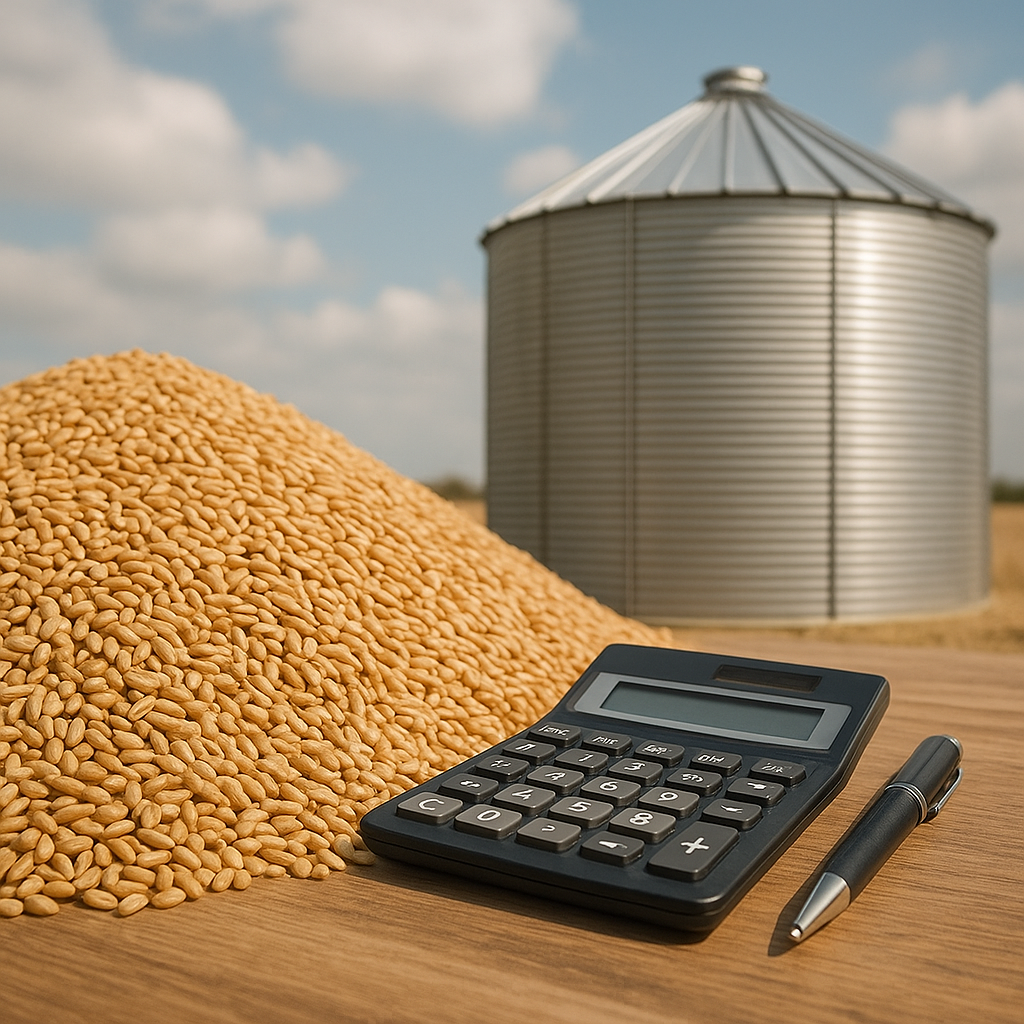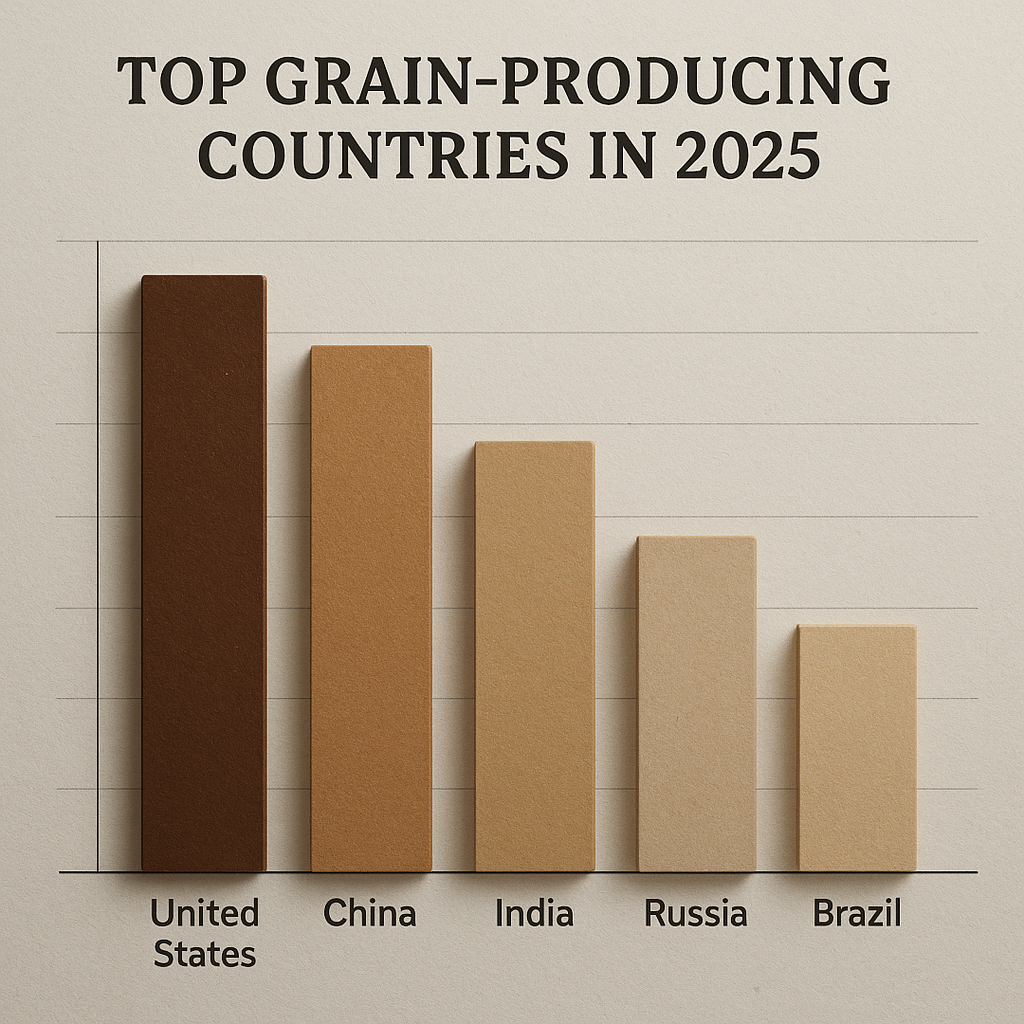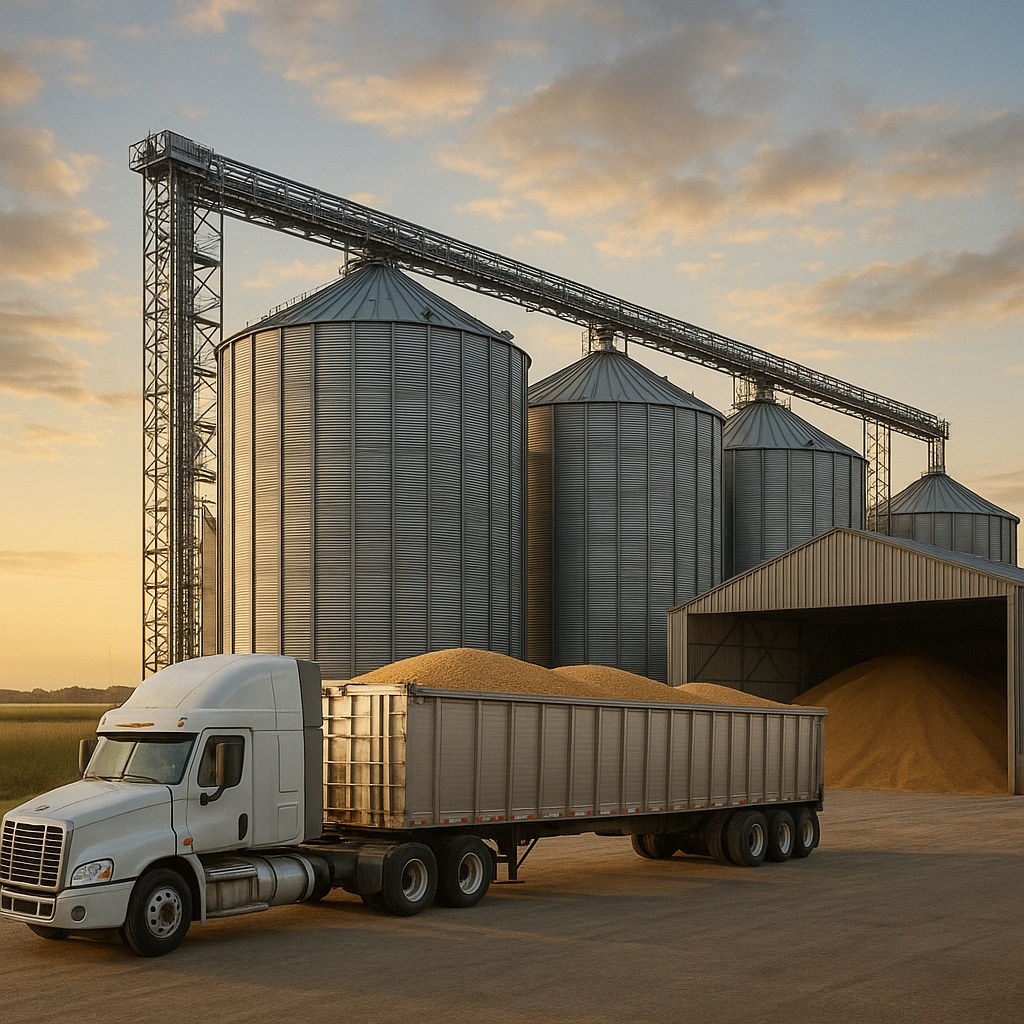Consumer education plays a pivotal role in shaping demand for grains, influencing not only purchasing decisions but also dietary habits and agricultural practices. As consumers become more informed about the nutritional benefits, environmental impacts, and economic factors associated with grain products, their preferences shift, leading to significant changes in market dynamics. This article explores the various dimensions of consumer education and its impact on grain demand, focusing on two main areas: the nutritional awareness of grains and the sustainability of grain production.
Nutritional Awareness of Grains
The nutritional profile of grains is a critical factor in consumer decision-making. Whole grains, in particular, have gained recognition for their health benefits, including higher fiber content, essential vitamins, and minerals. As consumers become more educated about the importance of whole grains in preventing chronic diseases such as obesity, diabetes, and heart disease, their demand for these products increases.
The Rise of Whole Grains
In recent years, there has been a significant shift towards whole grains as consumers seek healthier dietary options. This trend is largely driven by increased awareness of the health benefits associated with whole grains. Research has shown that diets rich in whole grains can lead to improved health outcomes, prompting health organizations to advocate for their inclusion in daily diets.
- Health Benefits: Whole grains are linked to lower risks of heart disease, stroke, and certain cancers. They also aid in weight management and digestive health.
- Consumer Education Campaigns: Initiatives by health organizations and government bodies have successfully raised awareness about the importance of whole grains, leading to increased consumer demand.
- Labeling and Marketing: Clear labeling on packaging that highlights whole grain content has made it easier for consumers to make informed choices.
Impact of Social Media and Influencers
Social media platforms have become powerful tools for disseminating information about nutrition. Influencers and health advocates often share recipes, tips, and educational content that emphasize the benefits of incorporating grains into a balanced diet. This has led to a surge in interest in various grain products, from quinoa to farro, as consumers seek to diversify their diets.
- Recipe Sharing: Platforms like Instagram and Pinterest allow users to discover new ways to incorporate grains into their meals, driving demand for specific products.
- Influencer Endorsements: When popular figures promote whole grains, their followers are more likely to try these products, further boosting demand.
- Community Engagement: Online communities focused on health and wellness encourage discussions about grains, fostering a culture of informed consumption.
Sustainability of Grain Production
As consumers become more aware of the environmental impacts of their food choices, sustainability has emerged as a key factor influencing demand for grains. The agricultural practices used in grain production can significantly affect soil health, water usage, and carbon emissions. Educated consumers are increasingly seeking out sustainably produced grains, which has led to a rise in demand for organic and locally sourced products.
Understanding Sustainable Practices
Consumer education about sustainable agricultural practices is essential for driving demand for grains that are produced with minimal environmental impact. This includes understanding concepts such as crop rotation, reduced pesticide use, and organic farming methods. As consumers learn about these practices, they are more likely to support brands and products that prioritize sustainability.
- Organic Grains: The demand for organic grains has surged as consumers become more aware of the benefits of organic farming, including reduced chemical exposure and improved biodiversity.
- Local Sourcing: Consumers are increasingly interested in purchasing grains from local farmers, which supports local economies and reduces the carbon footprint associated with transportation.
- Transparency in Supply Chains: Brands that provide information about their sourcing and production practices are more likely to gain consumer trust and loyalty.
The Role of Certifications and Labels
Certifications such as USDA Organic, Non-GMO Project Verified, and Fair Trade have become important indicators of sustainability for consumers. These labels help consumers make informed choices and support products that align with their values. As awareness of these certifications grows, so does the demand for grains that meet these standards.
- Consumer Trust: Certifications provide assurance to consumers that the products they are purchasing are produced sustainably and ethically.
- Market Differentiation: Brands that invest in sustainable practices and obtain certifications can differentiate themselves in a crowded market, attracting environmentally conscious consumers.
- Education on Labels: As consumers become more educated about what these labels mean, they are more likely to seek out products that carry them.
Conclusion
Consumer education is a powerful force that shapes demand for grains in today’s market. As individuals become more informed about the nutritional benefits of whole grains and the importance of sustainable agricultural practices, their purchasing decisions reflect these values. The rise of social media and the influence of health advocates have further amplified this trend, making it essential for producers and marketers to adapt to the evolving landscape of consumer preferences. By prioritizing education and transparency, the grain industry can meet the growing demand for healthier and more sustainable products, ultimately benefiting both consumers and the environment.













